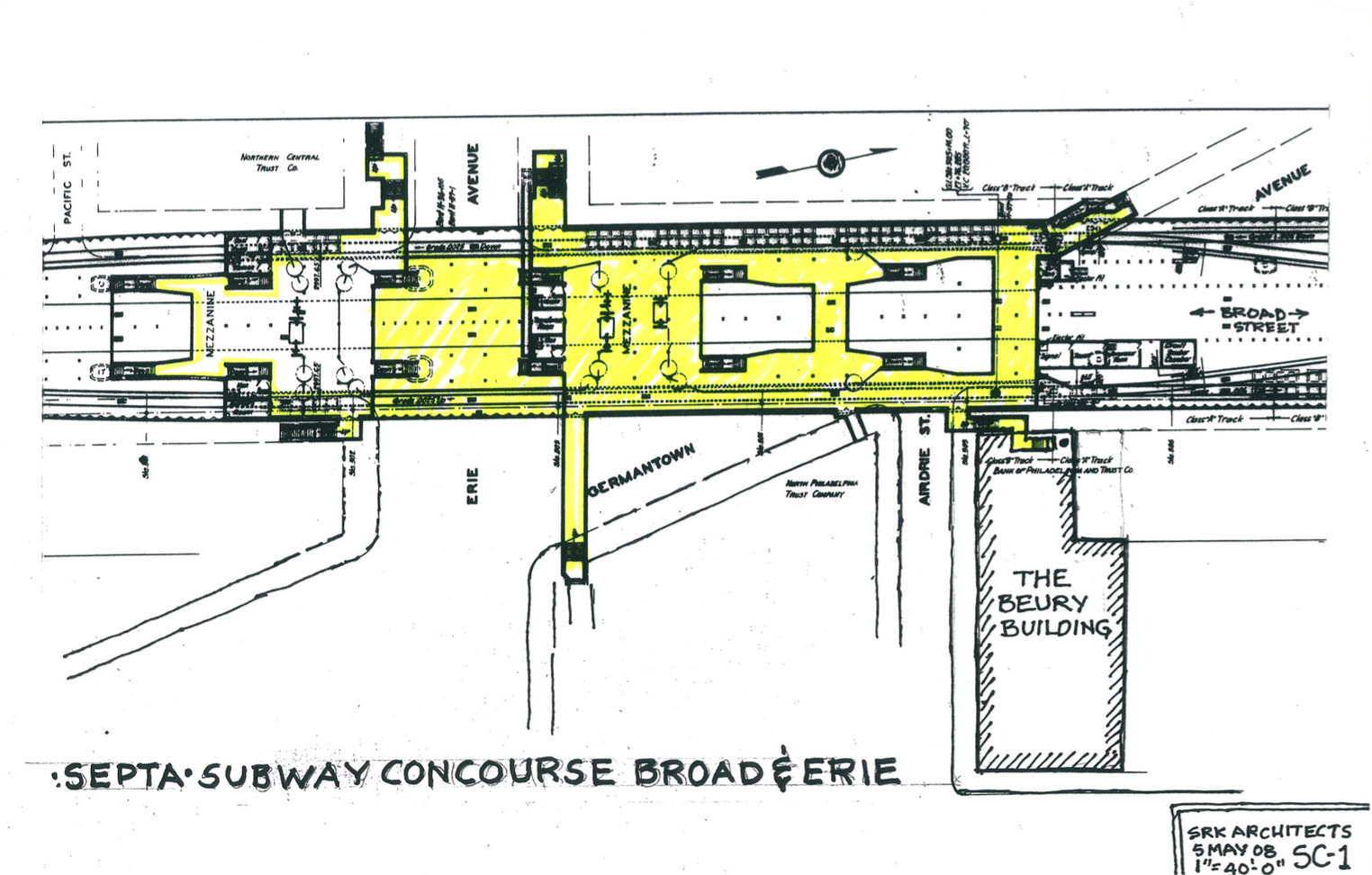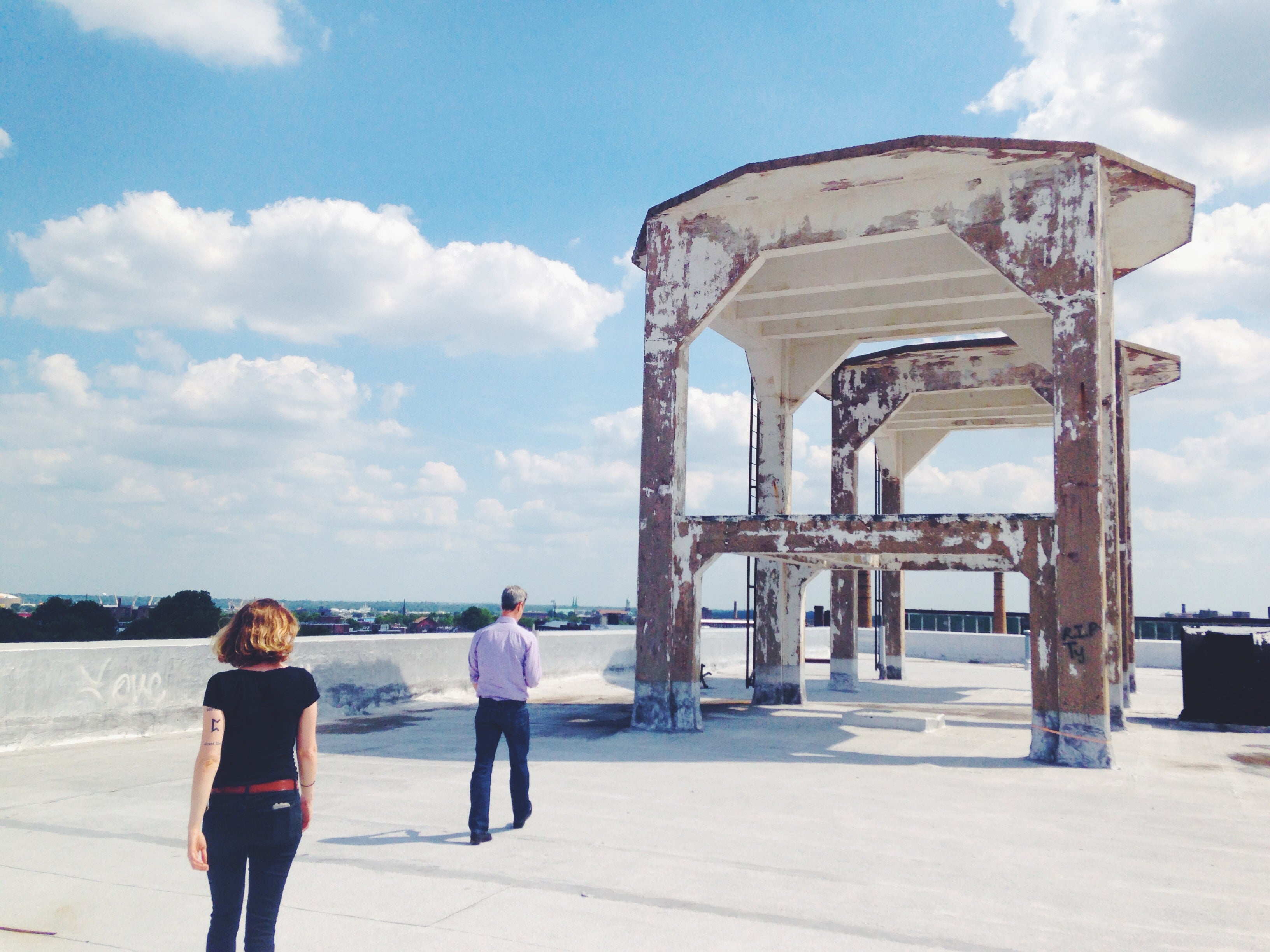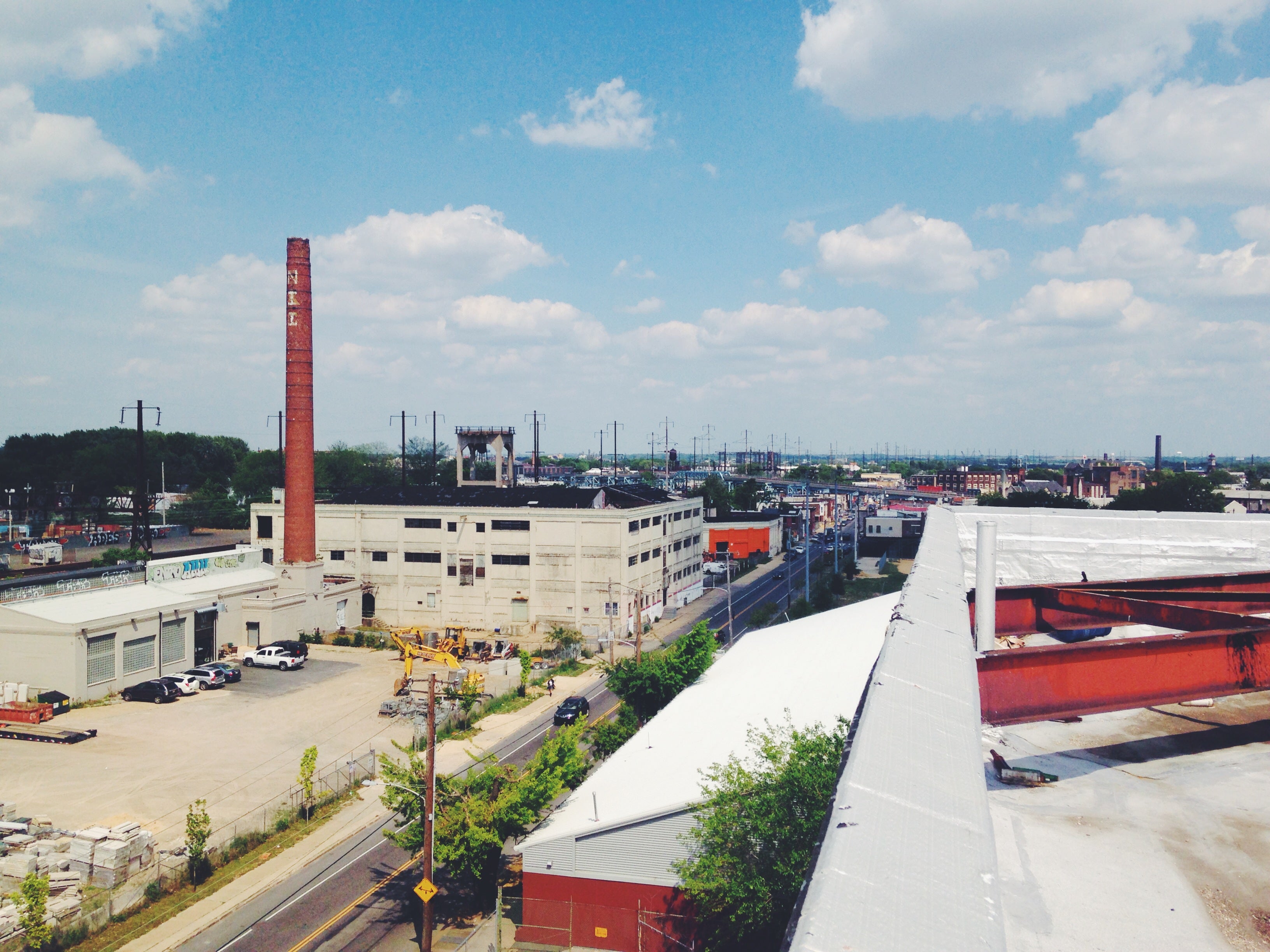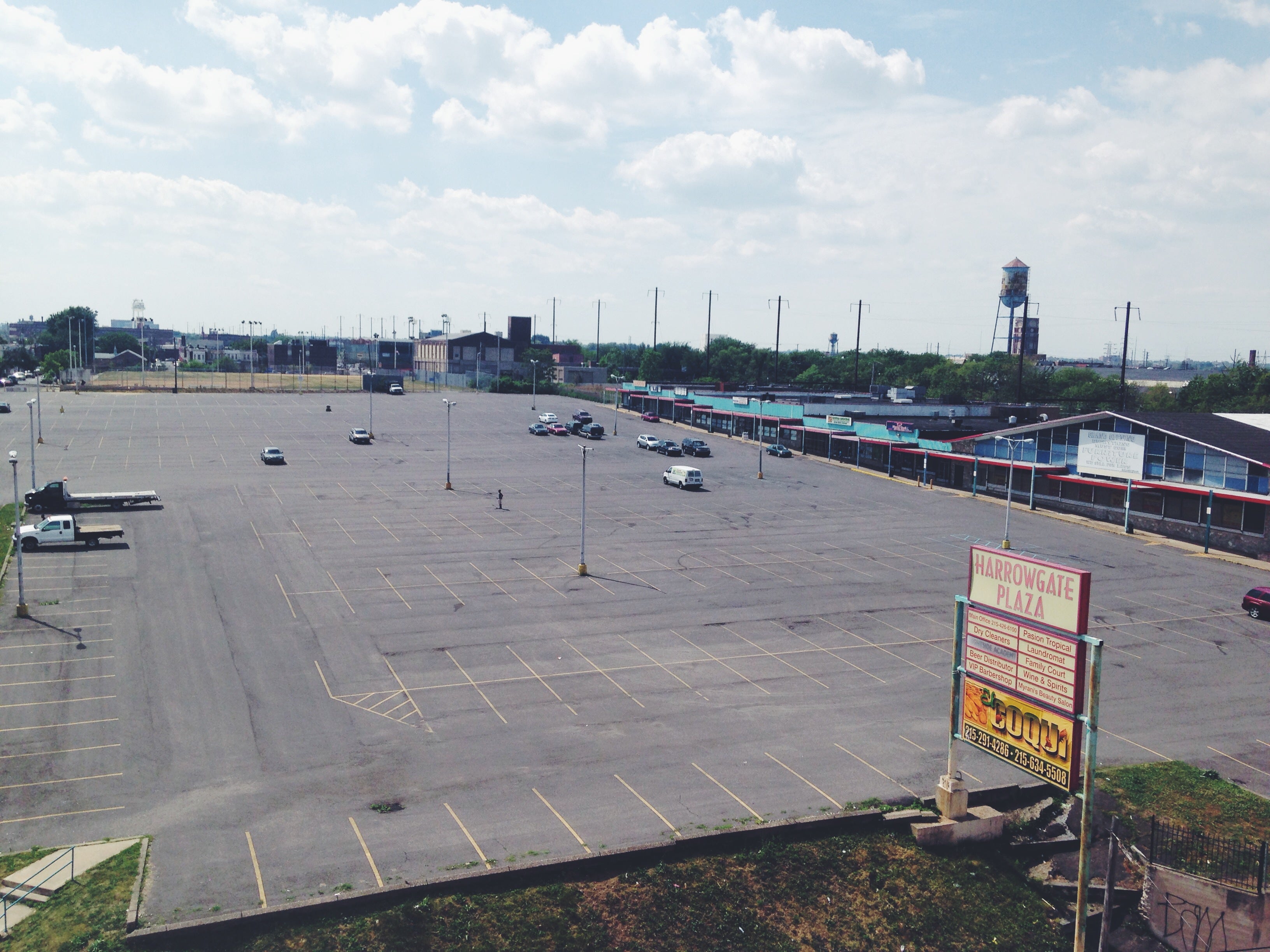Shift Capital makes the bull case for Kensington redevelopment

Shift Capital is redeveloping properties in Kensington. Not East Kensington, not South Kensington, and not Olde Kensington. Kensington.
In the area bounded roughly by Erie Avenue, Kensington Avenue, and G Street, far above what’s typically understood to be the development horizon, the real estate development firm is working on some major redevelopment projects that, if successful, could bring more people and residents to one of the toughest and most disinvested neighborhoods in Philadelphia.
First, a quick update on the group’s big headline project to the west of Kensington: the redevelopment of the massive Beury Building at Broad and Erie, which is a landmark of real and symbolic importance to the North Broad Street real estate market.
“When people talk about Broad Street revitalization, they basically talk about Divine Lorraine as the lower bookmark, and the Beury Building as the upper bookmark,” says Shift Principal Brian Murray. “And if you can get those two bookmarks fixed, then you’re really going to start to fill in the areas in between.”
Indeed, a report prepared for the Planning Commission in 2010 on transit and community development opportunities at Broad and Erie determined that restoration of the Beury Building would be one of the higher-impact first steps (along with a transit plaza on Germantown Avenue, and a new well-placed public building) toward jumpstarting reinvestment on the corridor.
The latest iteration of the plan for the 14-story Beury building would include seven floors of senior housing, and four floors of non-profit office space. Murray says that unlike the Divine Lorraine, which has the option of doing market-rate housing, financing for the Beury project requires tax credit financing like Low Income Housing Tax Credits (LIHTC) to be feasible in a weaker market.
Shift has spent two years trying to figure out the right development plan for Beury. There was an earlier plan for a hotel, primarily serving the nearby Temple medical campus which was completed in 2010, but with no recent precedent for hotel construction above Vine Street, that ended up being too big of a risk in such a weak market.
Murray thinks one reason for the weak market is that other investment opportunities around that area of North Broad are effectively deadlocked until the Beury building is restored.
“You have this 14-story monstrosity that’s been vacant since the early 80’s, and if that doesn’t get done, nothing else is going to happen at this intersection,” he said, “Everyone at this intersection has basically been waiting for Temple, thinking there’s going to be this pot at the end of the rainbow where they buy out the rest of the area. It’s not happening.”
So Shift went all-in on the area, buying the whole rest of the block in addition to Beury, all the way up to Butler Street.
The transportation infrastructure at Broad and Erie is seen as an important benefit. Broad and Erie is the third busiest station on the BSL, just nine minutes from Center City, and it’s also a major bus hub. The Broad Street Line is one of just a few four-track subways in the world, and the only one in the United States outside of New York City, so its capacity to serve nearby development is basically inexhaustible for the foreseeable future.
The actual concourse at Broad and Erie is also massive, and about three-quarters of it is unused. Here is a rendering Murray shared with us. The yellow shaded areas are unused:

In addition to the transit hub, the lack of student housing in the area presents an opportunity.
A recent survey of Temple medical students found about 300 students saying they’d be interested in housing in the immediate area. The medical campus could also be attractive to auxilliary businesses like doctors’ offices and other medical services.
These demand drivers conspire to make Broad and Erie a more bustling location than the area around the Divine Lorraine.
“The issue I have with the Divine Lorraine is when you drive around the Divine Lorraine there’s no foot traffic,” says Murray, “More recently there is, but it’s like an empty area. Here at Broad and Erie, it’s out of control foot traffic.”
Murray thinks it will take a big win like Beury though to really shift perceptions and begin to leverage the area’s decent fundamentals.
“When the Clinton Foundation decided to put their headquarters in Harlem many years ago, it was a huge coup because for a lot of people it was the first sign that Harlem had really arrived,” he says, “For a lot of people in Philadelphia, it’ll be the same thing for North Broad Street. Someone has to be the first mover here.”
The team has similar ambitions in Kensington, starting with the conversion of two giant warehouses near the Tioga stop on the Market-Frankford Line into MaKen Studios North and South (short for Make Kensington.)
When complete, MaKen Studios North (at 3525 I Street, aka the Jo-Mar building) and MaKen Studios South (3401 I Street) will provide nearly 300,000 square feet of rentable space, along with support and business resources, to creative businesses, artists, and light manufacturers.
If the name sounds familiar, the unfinished MaKen Studios North warehouse was to be the venue for Force Field, the “biggest art party ever,” last June, until an inspection from L&I the day before the event revealed violations of the city’s building, electrical, plumbing and zoning codes.
L&I also discovered that Shift Capital did not have a certificate of occupancy for these buildings, so the company and its business tenants, in addition to the artists who had been installing their work for the party, were out on the street.
The situation is close to rectified, and construction continues apace. MaKen North’s future tenants will include ceramists, metal sculptors, furniture makers, photographers/videographers, product/fashion designers, and others renting studio spaces up to 2000 square feet. The space is still not open, although Murray says they have tenants ready to reoccupy when it is.
The MaKen Studios South building will offer generally larger studio spaces, from 2,000 square feet and up, acting as a graduation space for MaKen North tenants who need to expand their businesses, and allowing Shift to target small-batch manufacturers and large-scale artists who need a considerable amount of space to operate.
Shift recently signed a lease at MaKen South with a Texas-based, organic food group who are preparing to open 6-8 retail locations in Philadelphia over the next year, and needed 8,000 square feet of space to build out a commissary kitchen. This tenant alone will bring 30 jobs to Kensington.
Murray, who lives in New York City and splits his time there, is bullish on Philadelphia’s prospects for attracting creative businesses and entrepreneurs from all around the region who want to live and build their businesses in a city on the upswing, but without the outrageous cost of living.
Shift has been working to recruit New York-based artists and companies who are interested in relocating to Philadelphia “namely for the price per square foot difference between the cities and the live/work options,” says Cait Kenny, Shift’s Project and Outreach Manager.
“What is the wedge to spur further opportunities with North Kensington? In this case, it’s the lack of quality affordable studio spaces in the area for creatives and small businesses,” says Murray, “In Brooklyn, it’s basically $30 a square foot to have a studio space there, and then you also have to live in Brooklyn, which is absurd.”
“For those businesses in Brooklyn that have succeeded over these last 10-15 years and can afford to live there, that’s great, but what about all the new ones coming in? You can’t get your foot in the door without living two hours away.”
MaKen’s studio prices will start at $300 a month and increase with square footage. By the end of June, they’ll launch a new website providing information on leasing space and pricing, and will begin leasing completed studios at both buildings in late summer. They’re anticipating completing full construction by the end of 2015.
WHYY is your source for fact-based, in-depth journalism and information. As a nonprofit organization, we rely on financial support from readers like you. Please give today.























